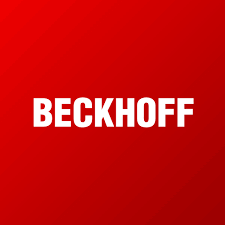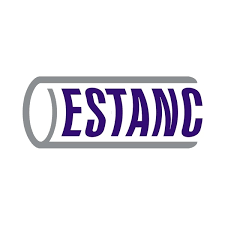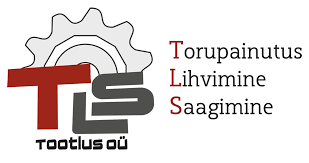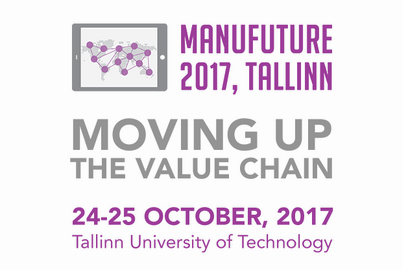5. Eessõna
7. 150 aastat Eesti masinaehitust ja metallitööstust (P. Kulu)
20. Väljakutsetest Eesti masinatööstuses (T. Lelumees)
25. Masina- ja metallitööstuse tulevik läbi tööjõu- ja oskuste prisma (A. Ungro, T. Kaelep, R. Leoma, A. Leemet)
3. 85 aastat Eesti Masinatööstuse Liitu (P. Kulu)
37. Eesti Masinatööstuse Liit 2021 (T. Ploompuu)43. Tööstus 4.0 (T. Otto)
49. Inseneriakadeemia ellukutsumise vajadusest – nutikale Eestile annavad sisu insenerid (R. Veinthal)
53. Mehaanika ja tööstustehnika instituut 2021 (K. Karjust, P. Kulu)
74. 60 aastat mehaanika valdkonna koolitust Tallinna Tehnikakõrgkoolis (V. Vainola)
79. Masinatööstus – kutsesüsteemi lipulaev (M. Johandi, T. Randma)
86. EMIL – Eesti Mehaanikainseneride Liit (A. Hermaste, P. Kulu)
89. Arengud tööstuses ja väljakutsed eesti masinaehituses (J. Riives)
92. Head praktikad (Alise Technic OÜ, AQ Lasertool OÜ, Revismo OÜ, Windak OÜ)
100. Eesti Masinatööstuse Liit tunnustab
101. EMLi liikmed
85 aastat EML-i – kas edasi 150 poole?!
Eesti Masinatööstuse Liit saab sel aastal 85 aastaseks.
Selle pika aja jooksul on üle elatud keerulised poliitilised ja majanduslikud ajad.
Tundub ehk kentsakas, et sellises väikeses kohas nagu Eesti, on läbi aegade siiski suudetud valmistada tooteid, millele on nõudlust küll endistel Venemaa ja Nõuko- gude Liidu turgudel kui nüüdseks paljudes EU maades ja mujal maailmas. Ja alati on suudetud kohaneda, uueneda, uuesti jalule tõusta ning edasi minna.
Ka praegustes globaalsetes tingimustes on palju tegureid, mis töötavad meie poolt või siis hoopiski vastu, kuid sellest hoolimata oleme elus ja arenemas!
Poolt töötavad nii olukord kogu COVID-19 pandeemias maailmas, kus paljud meie välispartnerid, kes on varem suundunud odavamatesse tootvatesse riikidesse, on pidanud paremaks otsida partnereid lähiregioonidest. Samuti CO2 jalajälje osakaal – ei ole mõistlik suuremahulisi tooteid mööda maailma edasi-tagasi transportida. Või siis ka tootmiskulude tõus endistes nn. odavates riikides. Kõrgelt hinnatakse eesti inimeste täpsust ja kohusetundlikkust, meie ettevõtete töömoraali ja -eetikat. Ei ole vähetähtis ka meie inimeste keelteoskus ja maailmanägemus.
Vastu töötab aga Euroopa riikide üldine heaoluühiskond, mis tihti ei motiveeri noori töötama nn tootval tööl, vananev elanikkond, ebapiisav tehniline juurdekasv jne. Kuid nagu on öelnud A. Merkel: “Tugevat riiki ei ole olemas ilma arenenud tööstuse ja tugeva ekspordita” (Merkel defends export-heavy Germany | Business| Economy and finance news from a German perspective. DW, 15.06.2009).
Samuti on probleeme tööstuse osakaalu tähtsustamisega Eesti poliitikas ning teatud mõttes kallutatusega IT-sektori ja Start-up maailma suunas, riikliku tellimusega kut- se- ja kõrgharidusele ning esindatusega ministeeriumi tasemel.
Selge on see, et nende 120 000 inimese hulgas, kes on hõivatud töötlevas tööstuses on sur osa neid, kes ei ole valmis liituma IT- või Start-up maailmaga oma vanuse, teadmiste või ka vajadusega omada stabiilsemat sissetulekut.
Sest kõigest hoolimata annab Eesti töötlev tööstus üle 70 % vabariigi ekspordist ning on suuresti olnud COVID-19 aegse kriisi juhtvedur majanduse suhteliselt väikese languse osas. Seda eelkõige seetõttu, et meie turud on suuresti kõige vähem pihta saanud riikides.
Seetõttu olen ma kindel, et hoolimata kõigist raskustest nii minevikus kui ka täna- päeval on Eesti masinatööstus elujõuline ja sellest võivad rääkida meie järeltulevad põlvkonnad Eesti Masinatööstuse Liidu 150. aastapäeval!
Sellepärast, et kogu selle tööstuse südameks on meie oma inimesed, keda iseloo- mustavad visadus, tarkus, paindlikkus ja nutikus kõigis muutuvates olukordades hak- kama saamiseks!
Emöke Sogenbits
Koostajad: Priit Kulu, Triin Ploompuu
Toimetaja: Priit Kulu
Fotod: autorid, EML ja MTI fotokogud, Shutterstock
Esikaane foto: Shutterstock; tagakaane foto: Gunnar Loss (EFA_335_0_189543) Kujundaja: Tiia Eikholm
Autoriõigus: Eesti Masinatööstuse Liit, 2021 ISBN 978-9949-83-688-8








